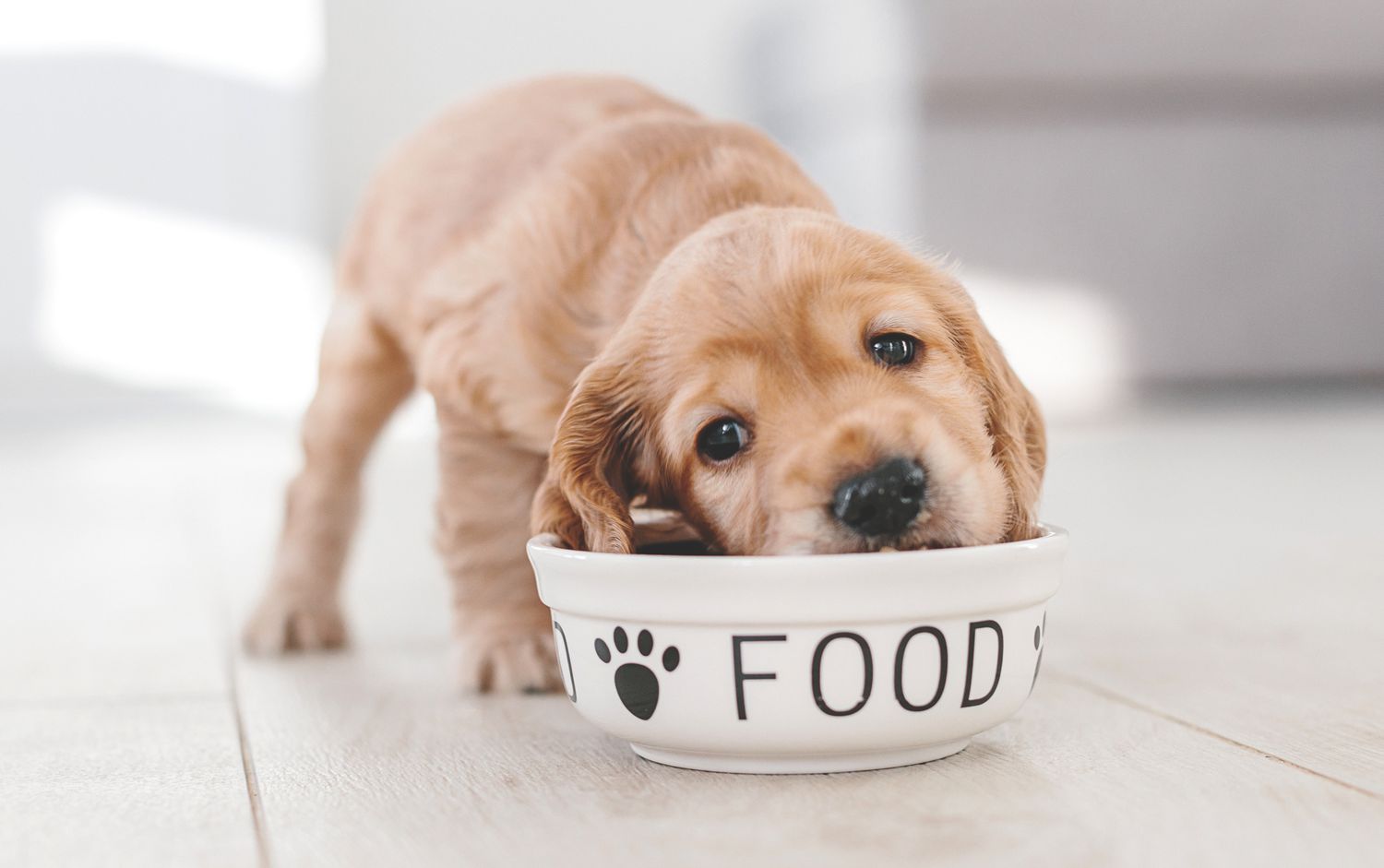
6 Common Questions Nearly Every Owner Has About Feeding Their Dog
Which diet strategies will keep your pup happy and healthy? Here's expert advice from veterinarians.
Your dog probably goes crazy from the sound of you getting their bag of food out of the cabinet. However, feeding your pup is much more than scooping some kibble in a bowl and letting them have at it. There are a few basics that go into your pup's feeding routine, no matter what kind of breed they are. You need to be giving your dog quality dog food, so they get the best nutrients to be able to run around and play all day. You should also stick to a schedule, so your pet knows when food is coming; this could prevent them from begging. It's important to understand that every dog is different, and what works for one of your pups might not work for the other. If you're having major issues regarding your dog's eating, it's important to talk to your vet about the best diet for your four-legged friend. To help you in the meantime, check out common questions from dog owners and guidance from the experts.
1. How many times a day should I feed my dog?
Is there a "best way" to feed a dog? Not exactly; small things can actually make a big difference. For example, eating only once a day can cause excess stomach acid and vomiting in some dogs. Eating twice a day, in the morning and early evening, is best for medium and large dogs like beagles and Labrador retrievers; if you feed them more often, they may develop a weight problem. Smaller dogs like poodles and Yorkies tend to metabolize food faster, so you might need to give them three meals a day, says Gary Ryder, DVM, of Southwest Michigan Animal Emergency Hospital in Kalamazoo, Michigan. Put out a bowl of water with each meal as well, and keep it filled, so your dog stays hydrated. Filtered water is great, but tap is fine.
2. Does it matter whether I feed my dog wet or dry food?
No. Both provide the right nutrients, so you can base your decision on what your dog likes best—and on what's more convenient. "The vast majority of pet owners prefer dry food," says Ann Hohenhaus, DVM, a senior medical adviser at the Animal Medical Center in New York City. "It's easy to store and serve, and it's cheaper, too." Try American Journey Dog Food ($43, Chewy), a top-rated option that's made with real salmon.
Hohenhaus sometimes recommends switching a sick dog to wet food, like Royal Canin Canned Dog Food ($85, Chewy), if they have a sore mouth, needs extra hydration, or if wet food encourages them to eat.
3. My dog has bad breath. Does that mean I'm feeding them the wrong diet?
Probably not, but it does mean you need to brush their teeth, says Rebecca Remillard, DVM, a nutritionist at the Angell Animal Medical Center in Boston. Use a toothbrush and toothpaste designed specifically for dogs ($7, Chewy), and aim to brush every day. Your dog's breath is never going to smell minty fresh, but if the odor suddenly gets very bad, it may be a red flag that they're sick and needs to see the vet.
4. Is it OK to make my dog's food myself?
Yes, but it's hard to ensure that homemade food contains all the right nutrients. Dogs need a healthy balance of protein, carbohydrates, and fat as well as a variety of vitamins and minerals, so it's smart to talk to your vet first. And don't give your dog raw meat, one of the many recent doggie diet trends, says Hohenhaus. Although some pet owners like the idea of feeding their dogs the kind of diet they would have eaten in the wild, the digestive systems of domesticated dogs are not equipped to handle raw meat, she explains. They can become sick from salmonella or parasites, the two biggest threats, or other pathogens such as E. coli.
5. My kids sneak bits of food to our dogs at the dinner table. Is that bad?
"You definitely shouldn't get in the habit of feeding your dog table scraps," says Ryder. Not only will it throw off the nutritional balance of their diet, but there are also many seemingly innocuous people foods that are dangerous for dogs. For example, grapes and raisins can lead to kidney failure, chocolate may cause seizures, avocados can cause vomiting and diarrhea, and the sweetener Xylitol may harm your dog's liver.
6. How can I tell if my dog has a food allergy?
Dogs can develop allergies to ingredients like beef, chicken, wheat, and soy. The most common sign is itching: Your dog will compulsively lick or scratch their front feet, groin, or ears, and the skin will be very red and irritated. They could also vomit or have diarrhea. If they regularly have some or all of these symptoms, call the vet, who can help you figure out whether an allergy is to blame.
By Sonia Harmon

